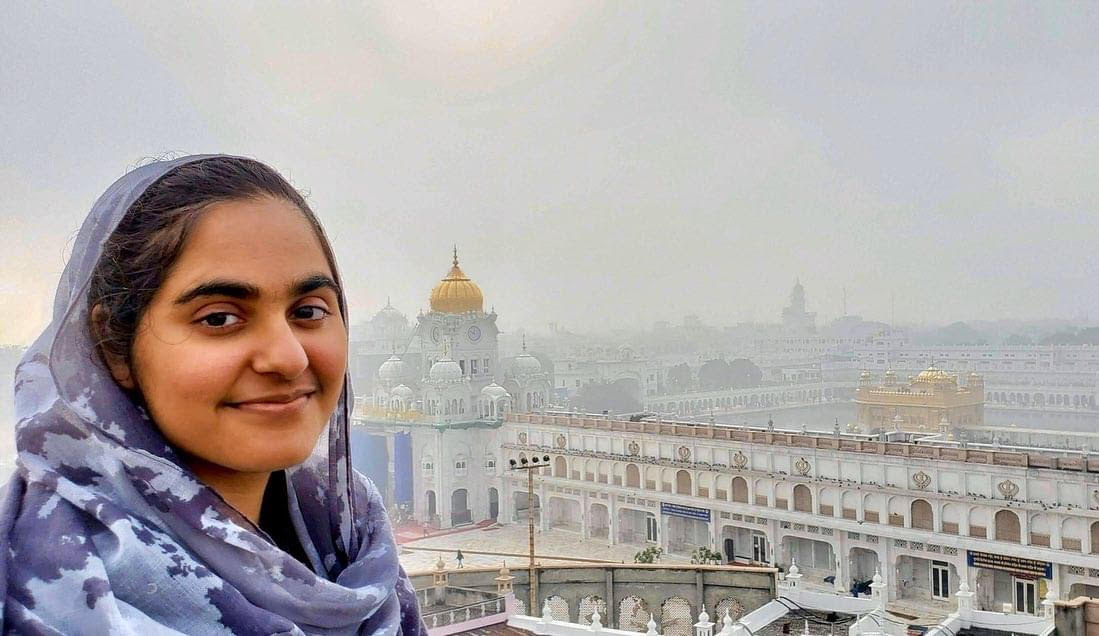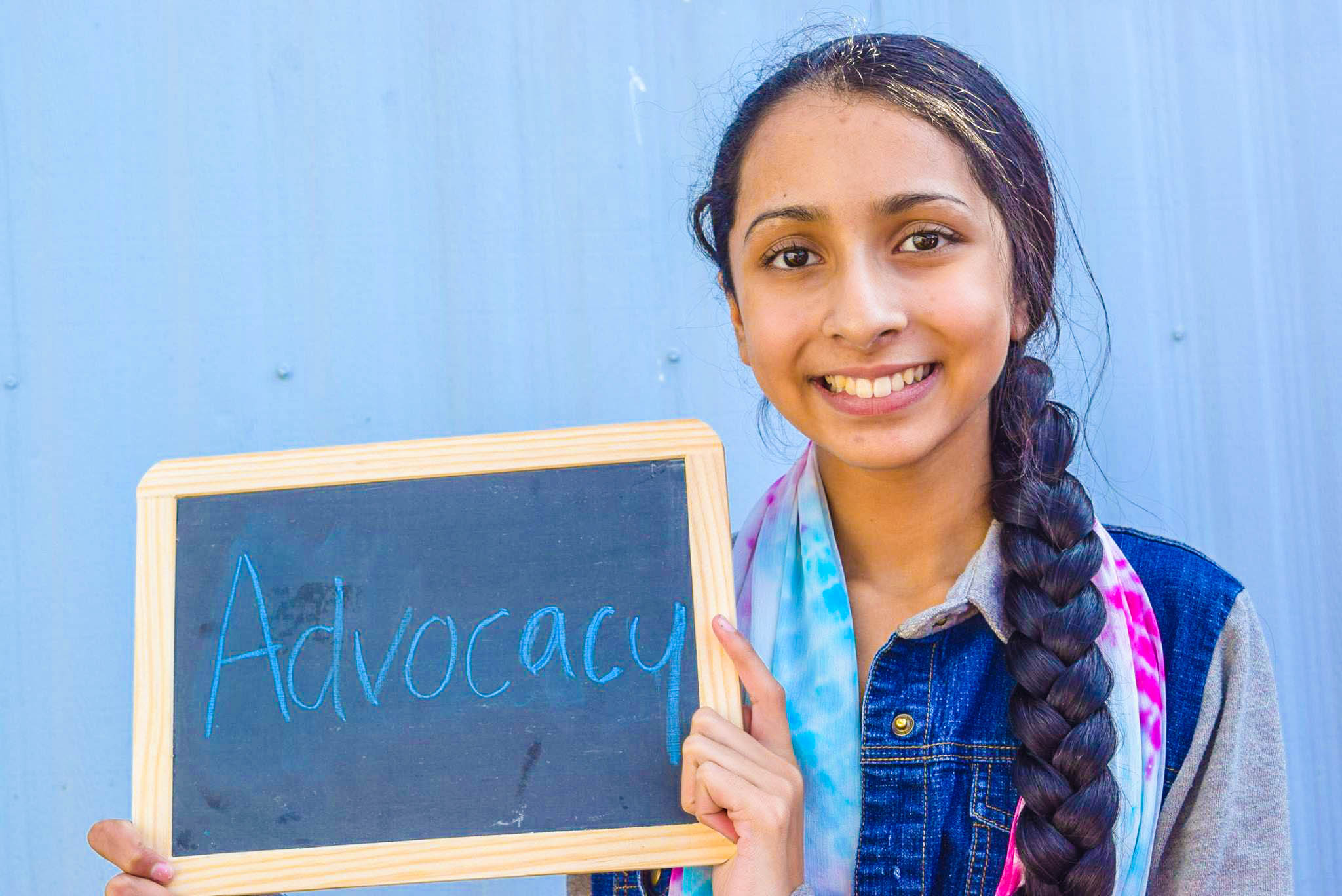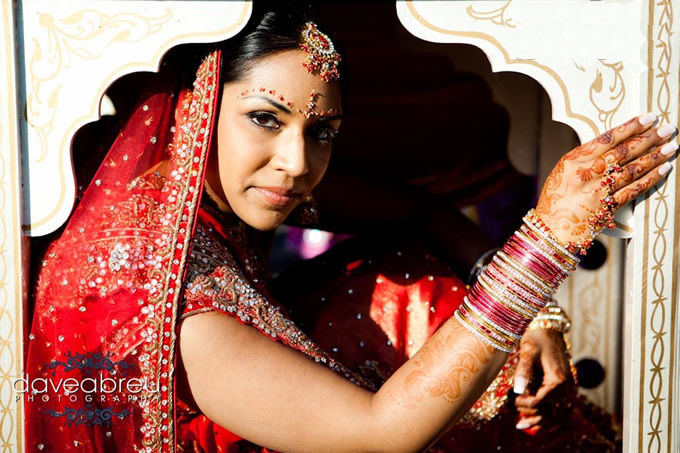by Baani Kaur
The following article is a reflection of the author’s personal experience.
It was December 25, 2019 and I was visiting Kerala, India with my mother and brother. I remember posting many Instagram stories that day: the gorgeous palm trees protecting the serene backwaters, beautiful layers of the sunset illuminating the lotus flowers, local cuisine served on a banana leaf, a sunrise hike where nature made its acquaintance with the world once again, and the sound of waterfalls and birds harmonizing. These experiences brought very real feelings of wonderment, bliss, humility, grace, and gratitude. Yet hidden amongst them was a reality I was not ready to feel.
Just the day before, I found out that someone close to me was betraying my trust. I was frustrated. I was angry. I was disappointed. I was trying to understand but I couldn’t. There was a pain that pierced me as I mourned the loss of a bubble shattered. The excruciating heartache of realizing the truth – that the relationship really wasn’t reliable, safe, or trustworthy – led to a heaviness rooted in the weights of sadness and shock.
No one would guess the inner turmoil and disappointment that I was going through from my cheerful Instagram reel. I was trying to disconnect from those emotions; numb them with the hope that the image of palm trees, backwaters, and sunsets would let me avoid the truth and move forward.
I wanted to hide my emotions and seem unaffected. Growing up, I thought that showing emotions was seen as weak and that being strong meant getting through difficult times on my own. I would internalize my personal experiences, never verbalize my feelings, and be afraid to communicate or express my opinions because I didn’t think they were valid. Perhaps it’s because I’m from a Punjabi background where women tend not to talk about their own personal challenges, or maybe it’s because being “calm and collected” is valued as “ideal” in South Asian culture.
Now as I reflect, I ask if I was short-changing myself by not being real, intentional, and honest. Was I embarrassed of being vulnerable? Was I ashamed of the situation? Why was I afraid of confronting my pain and going deep within? Why could I not fully understand and express what was happening right away? How can I feel moments of bliss and challenge at the same time?
In retrospect, this whirlwind actually makes sense. Whether innate or learned, women are more intimate and emotional in their friendships than men, and tend to place a higher value on maintaining relationships. Even after a trust violation, women are less likely to lose trust in the transgressor and more likely to try and repair the relationship. So my roller coaster of emotions in response to this betrayal, was normal. While I can now rationally understand my feelings, I had a hard time in the moment understanding how to navigate through it all.
Realizing the Divine permanence, power, and presence in the spectrum of connection
In the ensuing months as I grappled with this pain, I turned to Gurbani for inspiration. What it showed me was that there is value and purpose in the spectrum of experience and that through it all, Vaaheguru is always there. The moments of challenge, going into darkness, numbness, going back into union; the poignancy of being lost and uncertain; they are all valid, natural, and normal.
I reflected on Pauri 29 of Japji Sahib (Ang 6) revealed to Guru Nanak Sahib where he describes the same feelings I was experiencing; the feelings of bliss and challenge as states of ਸੰਜੋਗੁ (sanjog) meaning “union” or “connection” and ਵਿਜੋਗੁ (vijog) meaning “separation” or “disconnection.” Guru encourages me to let go of ownership related to that sanjog and vijog and walk hand in hand with the hukam of the Divine.
ਸੰਜੋਗੁ ਵਿਜੋਗੁ ਦੁਇ ਕਾਰ ਚਲਾਵਹਿ ਲੇਖੇ ਆਵਹਿ ਭਾਗ ॥
sa(n)jog vijog dhui kaar chalaaveh lekhe aaveh bhaag ||
Union with the One, and separation from the One, come by Divine Will. We come to receive what is written in our destiny.
ਆਦੇਸੁ ਤਿਸੈ ਆਦੇਸੁ ॥
aadhes tisai aadhes ||
I bow to the One, I humbly bow.
ਆਦਿ ਅਨੀਲੁ ਅਨਾਦਿ ਅਨਾਹਤਿ ਜੁਗੁ ਜੁਗੁ ਏਕੋ ਵੇਸੁ ॥੨੯॥
aadh aneel anaadh anaahat jug jug eko ves ||29||
The Primal One, the Pure Light, without beginning, without end. Throughout all the ages, Vaaheguru is One and the Same. ||29||
Before Kerala, I began this India trip at Darbar Sahib in Amritsar, Punjab. I still remember the feeling of my bare feet touching the marble walkway, sending vibrations throughout my body; the smell of rose petals inside the divaan hall. I was submerged in the sarovar for the first time, closing my eyes and absorbing the sound waves of the keertan, being present with the Divine. The entire experience at Darbar Sahib was so profound I felt imbued with spiritual energy. It almost feels as if Vaaheguru had been intentionally taking care of me and giving me guidance from the beginning; preparing me to deal with the difficult challenges ahead before I even knew about the painful incident; immersing me in a reservoir of connection to provide inner strength.
This relationship with the Divine stayed with me and kept growing when I left Amritsar and continued to Anandpur Sahib. I was in awe of the loving essence of Guru Gobind Singh Ji, the fearlessness of the Panj Pyaarey, and the empowerment of Kaur identity. I felt deeply connected to the gifts of compassion, steadfastness, courage, and resilience within our ancestry, our lineage, our shaheeds. I was still in the glow of these humbling moments, which I now realize is what really sustained me through the next chapter of life after Kerala.
In another shabad (Ang 463), Guru Nanak Sahib continues to describe the beauty of sanjog and vijog.
ਵਿਸਮਾਦੁ ਸੰਜੋਗੁ ਵਿਸਮਾਦੁ ਵਿਜੋਗੁ ॥
visamaadh sa(n)jog visamaadh vijog ||
Wonderful is union, and wonderful is separation.
Among all the changes, Vaaheguru is constant, Vaaheguru is ਵਿਸਮਾਦੁ (visamaadh), meaning “wonderful”. Gurbani reminded me it is natural to oscillate from these states of union into separation – moments of bliss and challenge – while life changes and grows. Facing my feelings of pain and betrayal head on, I chose to genuinely sit with the discomfort. The moment I accepted that disconnection and failure, and connection and success are all part of completeness, my perspective shifted from shame to loving curiosity. I started to ask, what are these feelings trying to tell me? What is their root message? Instead of silencing my emotions, I learned to be kind to them, and let them be kind to me.
Opening my heart to embrace Divine love
When I was feeling distant and disconnected during those feelings of betrayal, I realized that Vaaheguru never abandons. Vaaheguru is always permeating and pervading – manifesting in wondrous forms such as Kerala’s natural greenery and the energy of Darbar Sahib. That’s the beauty behind vulnerability. Even when I felt like I was falling, I was really flying into Guru’s arms – and Guru held on to me tightly. I slowly began to understand and resonate with Gurbani through a new lens that developed a deeper connection with Vaaheguru. With every hukam read, every vichar contemplated, every shabad sang, every interaction with saadh sangat, I could feel the Divine’s love and protection. Even in those moments of separation when my ego created fear, doubt and isolation, Guru was my best friend, my trustee – always there, always accessible, unconditionally supporting me through life. I realize that Guru never let me go.
In the following shabad, Guru Arjan Sahib (Ang 46) also speaks to the permanence of the Divine; that Vaaheguru’s presence and love is always there.
ਪ੍ਰੀਤਿ ਲਗੀ ਤਿਸੁ ਸਚ ਸਿਉ ਮਰੈ ਨ ਆਵੈ ਜਾਇ ॥
preet lagee tis sach siau marai na aavai jai ||
I have fallen in love with the Oneness. The Oneness does not die, the Oneness does not come and go.
ਨਾ ਵੇਛੋੜਿਆ ਵਿਛੁੜੈ ਸਭ ਮਹਿ ਰਹਿਆ ਸਮਾਇ ॥
naa vechhoriaa vichhurai sabh meh rahiaa samai ||
In separation, the Oneness is not separated from us; the Oneness is pervading and permeating amongst all.
Gurbani helped me realize that I can find power and purpose in sanjog and vijog alike. Those moments of distance and disconnection transformed into an embrace filled with surrender and togetherness. The vijog that I wanted to initially avoid and hide showed me that when I open my heart and find courage to not be afraid, I no longer feel embarrassed of this adversity. I feel liberated, humbled, stronger, hopeful, and closer to guru than ever before. From the beautiful depths of Darbaar Sahib to the incomprehensible devastation of hardship to the incredible vastness of Kerala’s nature, Guru showed me fortitude and love that I didn’t even realize was possible. I still have a long way to go in this path, but expressing the entire story is just one stepping stone in the direction towards truth and authenticity.
While there is no right way to handle betrayal, here are a few ideas for anyone navigating through similar experiences:
- Acknowledge and process the movement of emotions instead of masking them. Facing the painful truth about a betrayal and managing a roller coaster of emotions is tough. While it’s easy to reflexively choose avoidance, suppress our emotions, and fall back into mind-numbing habits that help distract us, taking the time to recognize and name the uncomfortable feelings can make it less scary to sit with them. This increases our emotional awareness and curiosity which can help identify coping mechanisms and lead towards acceptance.
- Build a relationship with the Divine and nurture it. Among the ebbs and flows of life, there is the stable and permanent Divine. Discover what values, actions, surroundings, and spiritual barriers determine when you feel the strongest connection vs. disconnection to the Divine. While this exploration may be daunting, being honest and vulnerable with your inner being can create space to build a foundation of authenticity, trust, faith, intentionality, empowerment, compassionate love, and hope.
- Add experiences into your routine that devote time, effort, and attention to Sikhi. Start by picking one new goal you want to grow in, whether it is practicing jaap sahib every day for a month, going for a walk twice a week at your favorite lake, engaging in 5 minutes of deep breathing and meditation during your lunch breaks, learning a new shabad twice a month, participating in a weekly Gurbani veechar with saadh sangat, attending a camp/retreat once a year, etc. Over time, the culmination of these heartfelt experiences, contemplating on the wonderment of Vaaheguru, and leaning on Gurbani for support can provide courage and optimism in the journey of healing.
About Baani Kaur

Baani Kaur is a Software Engineer in healthcare technology at Optum of UnitedHealth Group, where she also participates in the leadership committee for her local chapter of United Women Leading in Technology (UWLiT). On the side, Baani enjoys traveling and experiencing different cultures, spending time with sangat, playing sports, and exploring local foods and coffee shops. Baani is also an organizer for Camp Sikh Virsa (CSV), a Sikh youth camp for kids ages 7-14 located in the Midwest. Gurbaani, keertan, veechar, and seva inspire her values for gratitude, courage, equality, compassion, and positive impact.





1 Comment
Ishinder Kaur
05/01/2023 at 2:37 pmDear Baani, A quick read reveals the in depth process you have been through. Wow! Simply wow! So deep, soul searching, thought provoking, and thoroughly divine. The guidance and the blessings of Waheguru were truly showered on you.